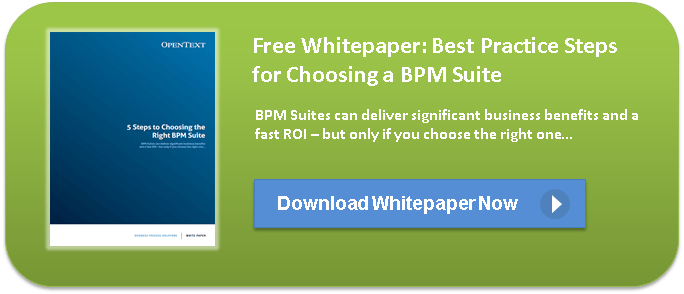The Big Debate: The Past, Present and Future of BPM

Is Your AI and Automation Strategy Right for You?
The rapid growth in digital technology has caused a profound transformation of business processes -- and, by extension, of the field of business process management (BPM) The latter focuses on improving your organization's workflow, making it more effective and more efficient.
Because BPM has undergone such a striking transition over the years, it's important to know where the field has been, as well as where it's going, so you can understand how it will impact your business.
Past: Metrics and Processes
The past of BPM can be characterized by three major events. First, in the 1970s and 1980s, it was heavily affected by the rise of computing. This enabled an increasing focus on statistical methods and other data-driven techniques that gathered, quantified and interpreted information.
Another major event for BPM in the 1980s and 1990s was the rise and fall of the total quality management approach, which seeks to continually improve the quality of business output through consistent feedback. TQM enjoyed significant popularity before being eclipsed by techniques like ISO 9000 and Six Sigma.
The final piece in the puzzle is the growth of business process mapping to manage risk and ensure that a business' goals are in line with its abilities and potential.
Present: Behaviors Around Processes
In the present, BPM is shifting from an emphasis on data to an emphasis on processes. For example, it focuses less on risk-mapping around processes, and more on the behaviors around the latter. Process mapping tools have evolved to provide a fuller picture of business processes by letting users fill in metadata about activities and triggers. Process mining techniques also allow for quantitative analysis of business processes by discovering and extracting data from business logs.
This new focus enables BPM practitioners to use it in the development of a customer-centric business, tailoring their products and offerings to customers' profiles and needs.
Future: The Digital Technology Revolution

In the future, new BPM tools and paradigms will undoubtedly emerge. For example, research firm Gartner has predicted that by 2016, 70% of high-performing companies will be using real-time predictive analytics to manage their business processes. This and other tools of intelligent business operations (IBO) could help business processes to "learn" from work interactions. But no matter what, BPM is likely to be with us in some format into the foreseeable future.
Outcomes
BPM has a significant impact on the way that traditional business and IT departments work together. With BPM strategies, businesses can focus their efforts on two goals -- customer centricity and operational efficiency -- allowing them to realize a greater return on the input that they use to run their operations.


